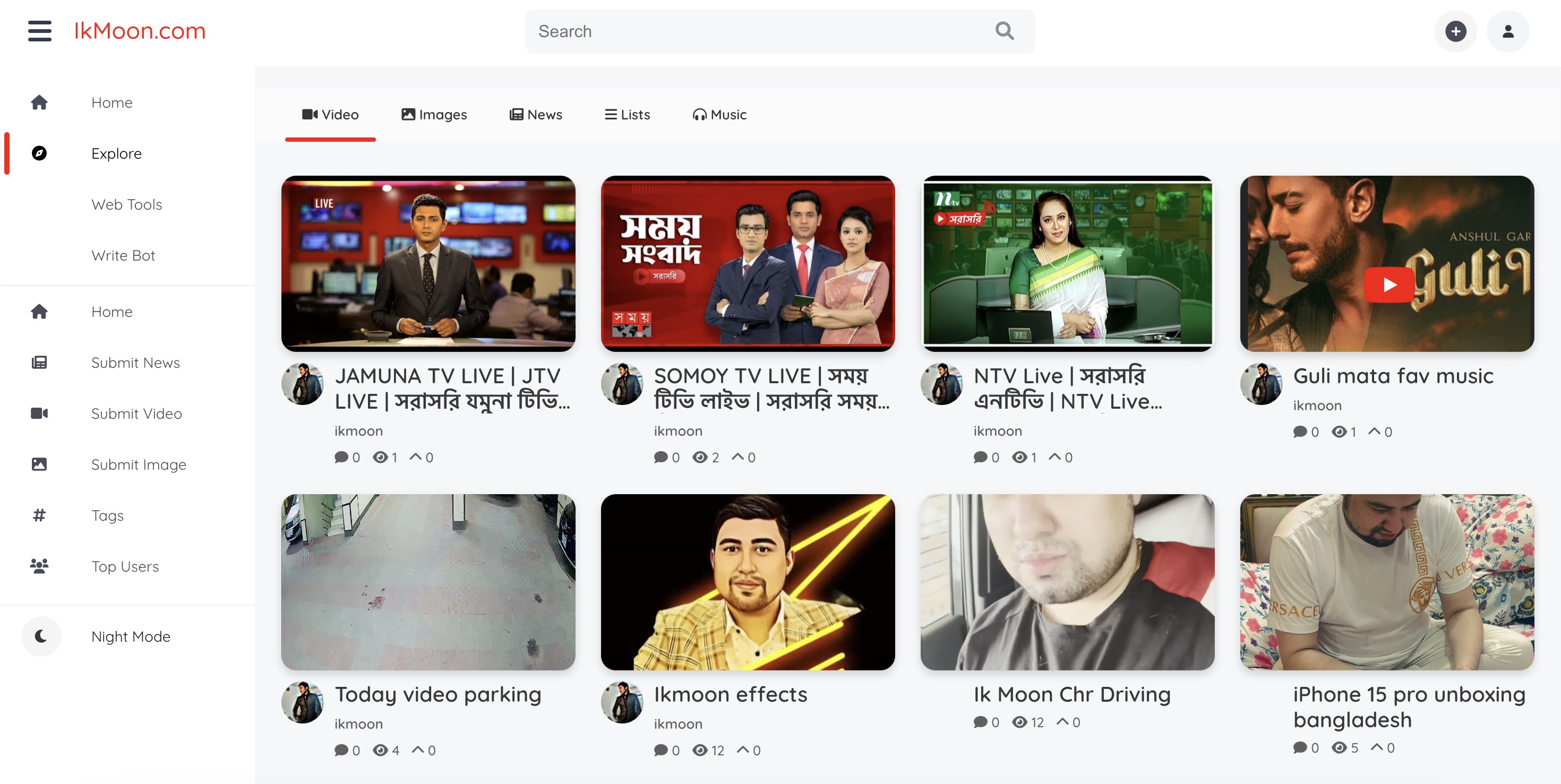Why Sam Altman And Others Are Now Using Vibes As A New Gauge For The Latest Progress In AI
The post Why Sam Altman And Others Are Now Using Vibes As A New Gauge For The Latest Progress In AI appeared on BitcoinEthereumNews.com. AI developers are starting to devise generative AI to exhibit groovy vibes. getty In today’s column, I examine the hot new trend in the AI community decreeing that generative AI and large language models (LLMs) can be rated or assessed via their respective vibes. Yes, that’s right, rather than using conventional ironclad quantitative metrics to compare the best AI LLMs, the latest groovy thing to do is claim that your AI has really good vibes. This is a growing movement that ought to be raising eyebrows and forthrightly made visible to its superficiality and smacks of a Jedi-trick look-the-other-way hand-waving. Let’s talk about it. This analysis of an innovative AI breakthrough is part of my ongoing Forbes column coverage on the latest in AI, including identifying and explaining various impactful AI complexities (see the link here). Vibes Enters Into The AI World The usual way to assess generative AI and LLMs consists of measuring various key metrics and then comparing how each such AI performs accordingly (such as calculating the TTFT, time to first token, and the TPS, tokens per second, etc.). There are ongoing debates about which metrics are the most suitable or satisfactory, but at least the matter entails quantitative measurements. It is somewhat possible for AI makers to try and rig their results though once third parties get access to the AI wares, the gig is nearly up. Those third parties can potentially obtain different results and report that something seems to be amiss. In the end, the numbers tell the story. In recent months, a more nebulous and vacuous kind of assessment has been entering into the AI vocabulary. It has to do with vibes. An AI maker might say that their LLM exhibits great vibes and suggest that even if the hardcore metrics don’t seem…

The post Why Sam Altman And Others Are Now Using Vibes As A New Gauge For The Latest Progress In AI appeared on BitcoinEthereumNews.com.
AI developers are starting to devise generative AI to exhibit groovy vibes. getty In today’s column, I examine the hot new trend in the AI community decreeing that generative AI and large language models (LLMs) can be rated or assessed via their respective vibes. Yes, that’s right, rather than using conventional ironclad quantitative metrics to compare the best AI LLMs, the latest groovy thing to do is claim that your AI has really good vibes. This is a growing movement that ought to be raising eyebrows and forthrightly made visible to its superficiality and smacks of a Jedi-trick look-the-other-way hand-waving. Let’s talk about it. This analysis of an innovative AI breakthrough is part of my ongoing Forbes column coverage on the latest in AI, including identifying and explaining various impactful AI complexities (see the link here). Vibes Enters Into The AI World The usual way to assess generative AI and LLMs consists of measuring various key metrics and then comparing how each such AI performs accordingly (such as calculating the TTFT, time to first token, and the TPS, tokens per second, etc.). There are ongoing debates about which metrics are the most suitable or satisfactory, but at least the matter entails quantitative measurements. It is somewhat possible for AI makers to try and rig their results though once third parties get access to the AI wares, the gig is nearly up. Those third parties can potentially obtain different results and report that something seems to be amiss. In the end, the numbers tell the story. In recent months, a more nebulous and vacuous kind of assessment has been entering into the AI vocabulary. It has to do with vibes. An AI maker might say that their LLM exhibits great vibes and suggest that even if the hardcore metrics don’t seem…
What's Your Reaction?




































